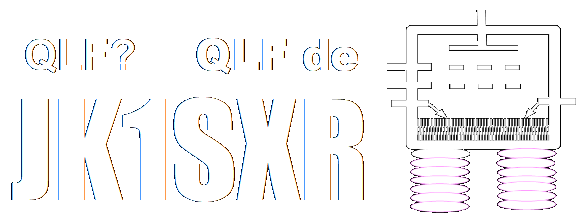
=>Japanese
Return to "A. Home"
Year
2023
2022
2021
2020
2019
2018
2017
2016
2015
2014
2013
& earlier
Return to "A. Home"
Year
2023
2022
2021
2020
2019
2018
2017
2016
2015
2014
2013
& earlier
Snapshot No. 660-664
664. To stand against Uesugi Kensin*1
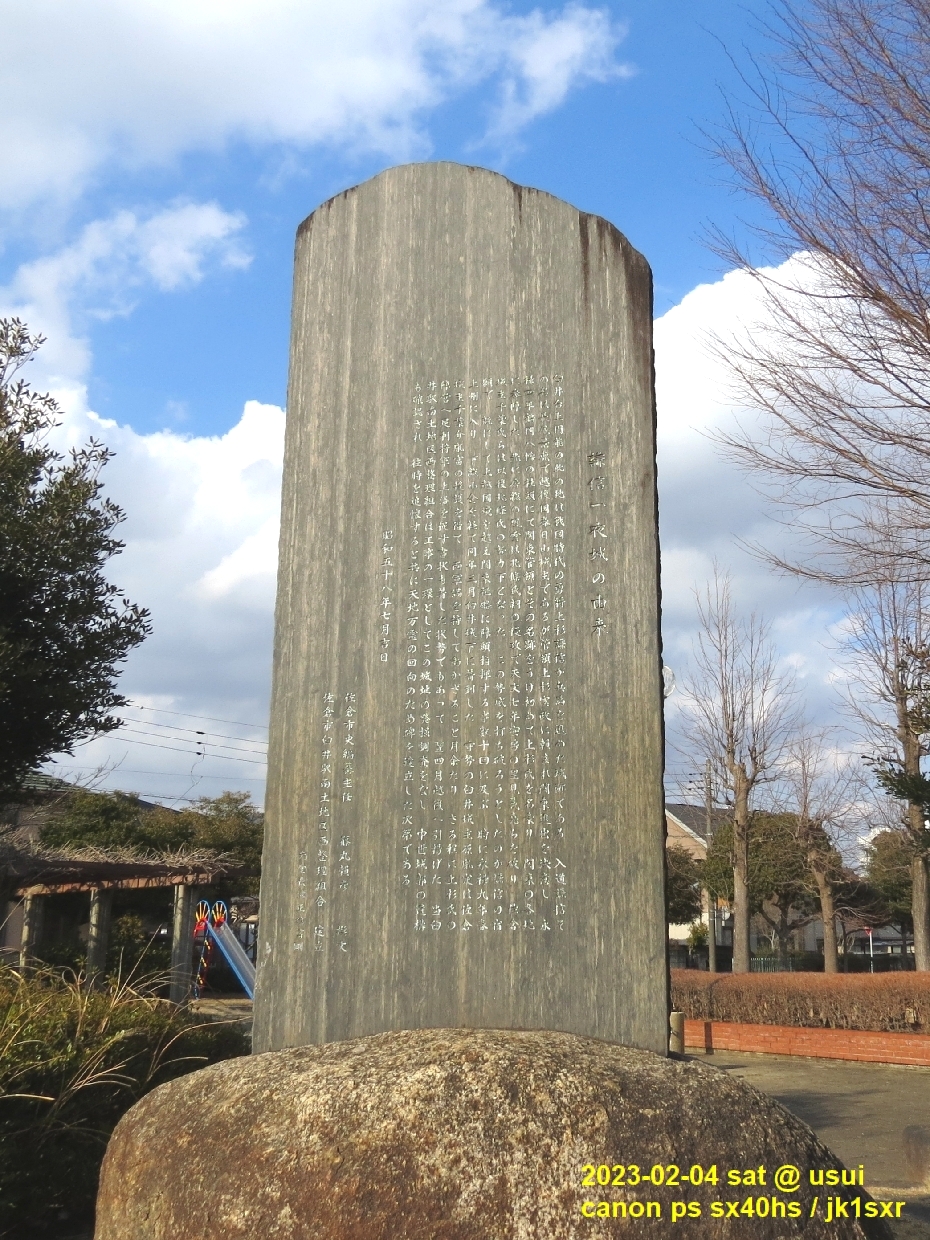 A stone monument at an adjacent town, Usui.
A stone monument at an adjacent town, Usui.
The local land readjustment association built this about 40 years ago.
It has a title of "A description of Kensin's foward base".
Acc. to old archives, the "Houjyou Chronicle" and "Old battle records in eight Kantou provinces", the army of Uesugi Kensin invaded this Usui area in March of Eiroku 9th year (1566). As the defense was so strong, the Uesugi's troop left the area in the middle of April.
The "forward base" in the monument refers to the Uesugi's outpost at that occasion.
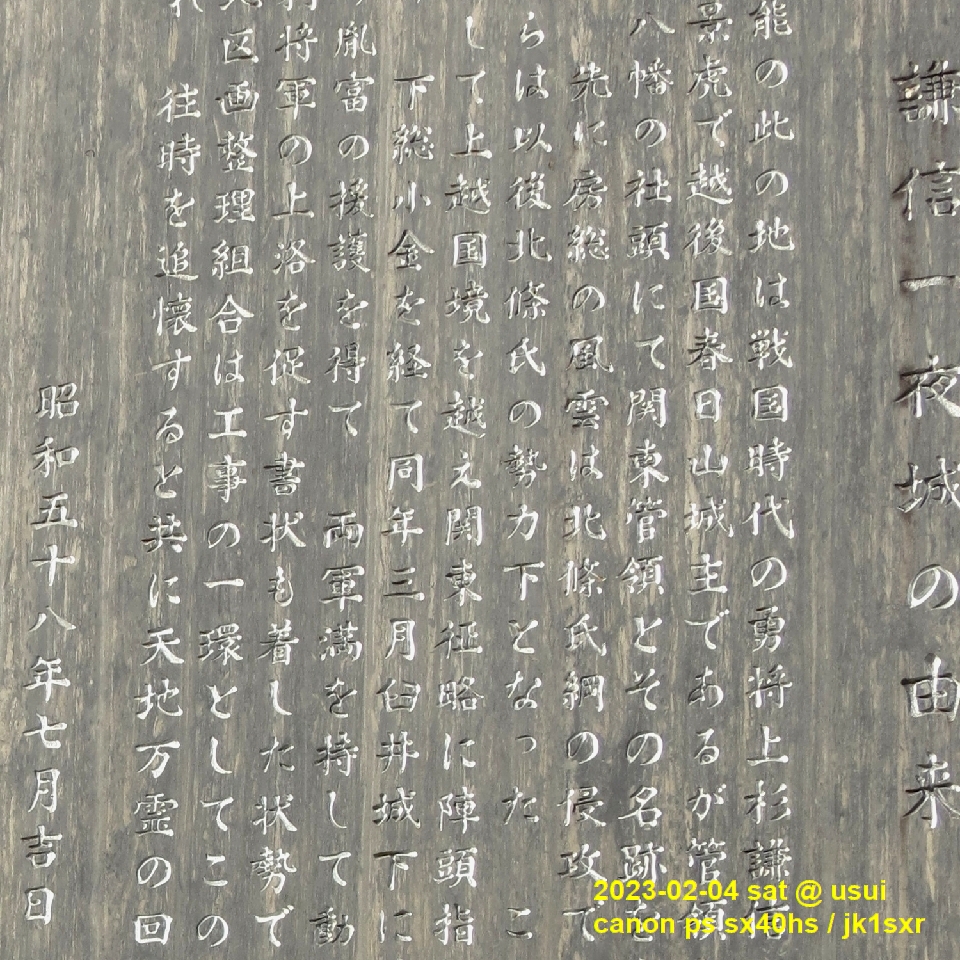 A close-up of a part of the description.
A close-up of a part of the description.
Both the sentence and brushwork look great.
The description is by a person, "Chief of the City history conpilation dept".
The brushwork seems also by a local person.
*1UESUGI Kensin:
A 16th-century warlord of Etigo Province.
A Wiki English description is here.
663. A giant robot?
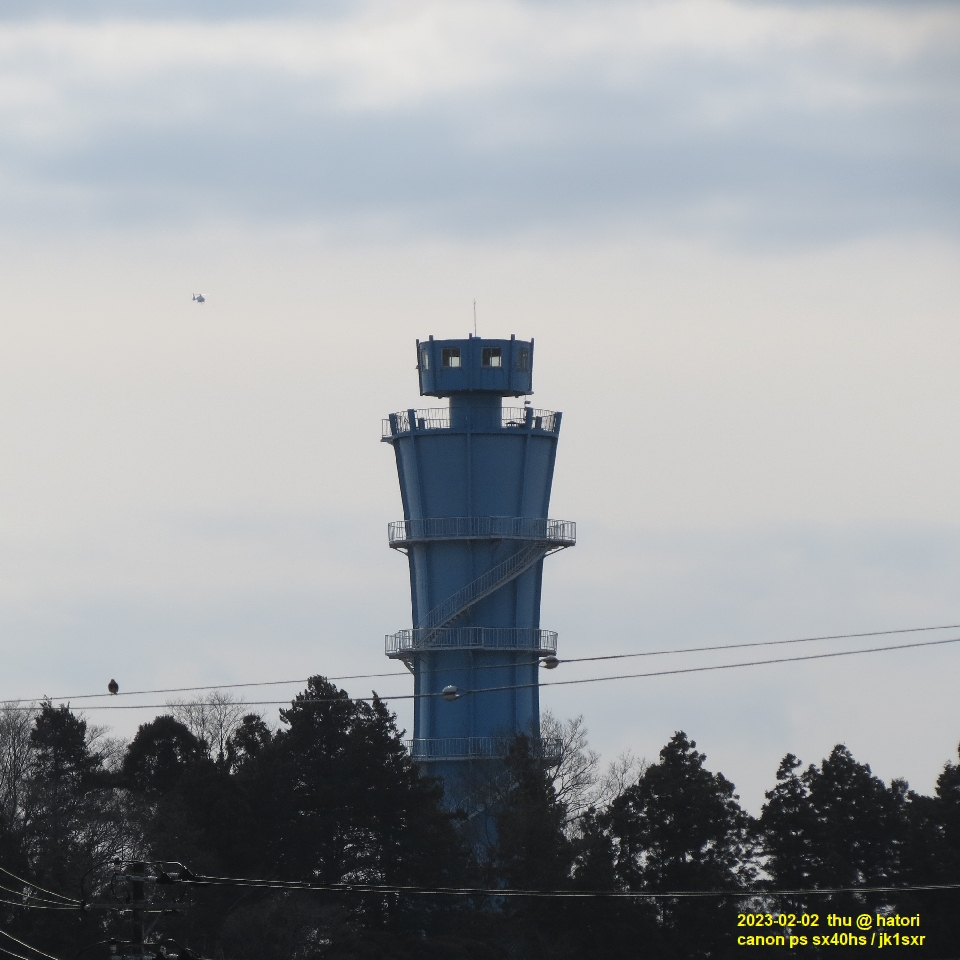 A great robot seen at a nearby road.
A great robot seen at a nearby road.
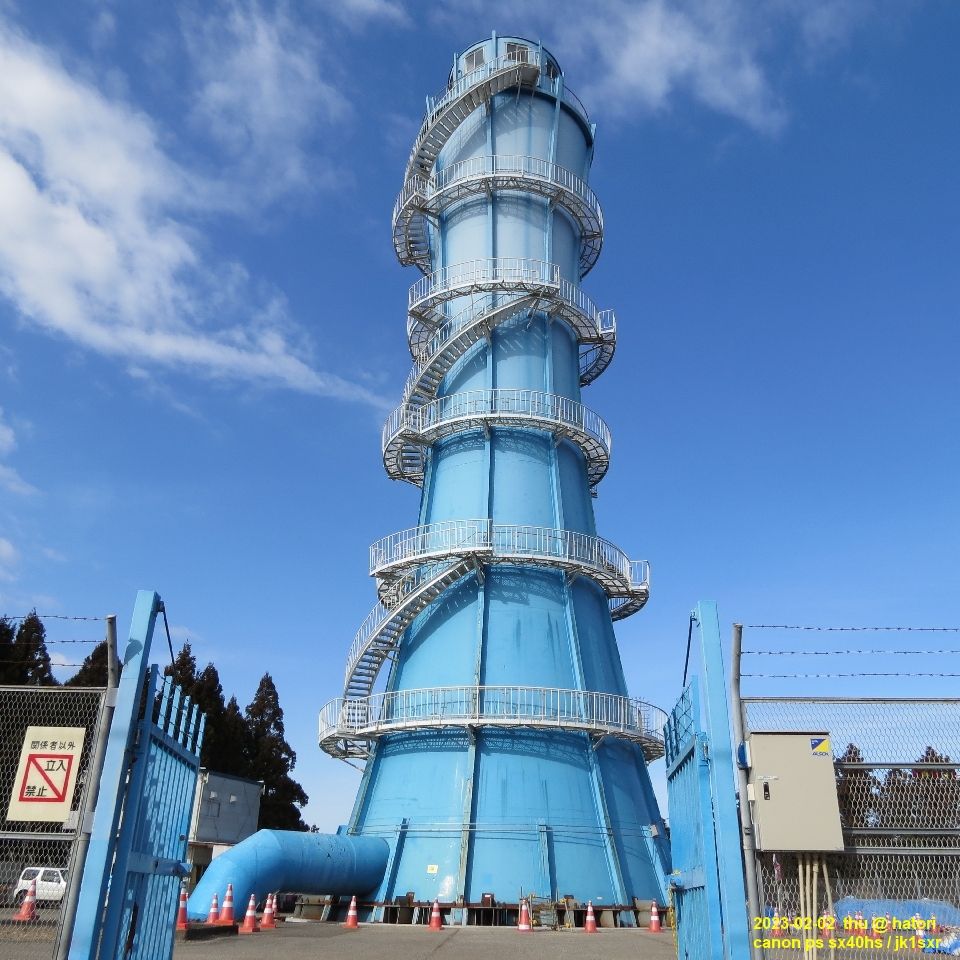 Visiting the site revealed this tower.
Visiting the site revealed this tower.
This is a surge tank for the water pipes which send the water of Inba marsh to the industrial zone of Goi and Ane-ga-saki.
As the tower is as high as 42 m and sitting on a hill about 20 m higher than the surroundign area, it can be seen even from far away places.
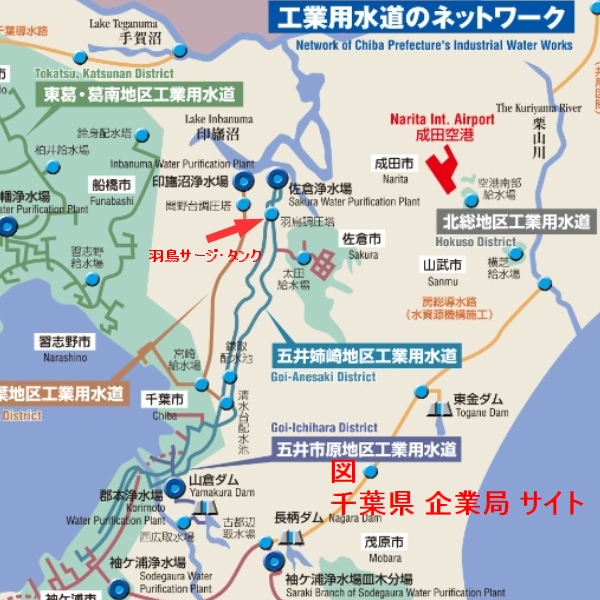 This shows the routes of the industrial water system of Tiba ken.
This shows the routes of the industrial water system of Tiba ken.
The map is borrowed from the site of its Public Enterprises Bureau.
The above surge tank is a part of the "Goi and Ane-ga-saki area industrial water system" in the map, and is marked with a red arrow.
662. Fuji-san (Mt. Fuji)
In winter, we can see Mt. Fuji even at this area, more than 100 km apart.
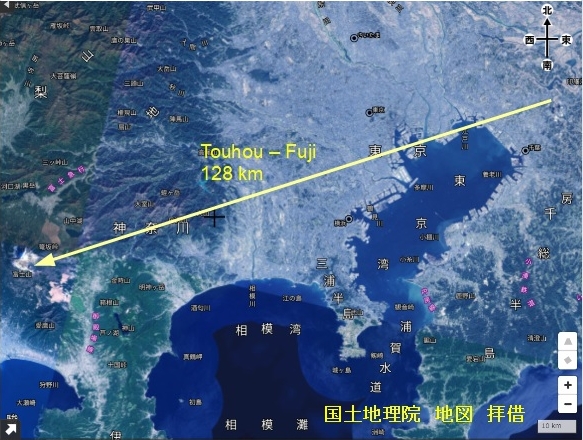 This shows a borrowed map of Geospatial Information Authority with which I checked the distance between my place and Mt. Fuji.
This shows a borrowed map of Geospatial Information Authority with which I checked the distance between my place and Mt. Fuji.
It turned out to be 128 km. Considering its height, the elevation angle seen at this area is about 1.7 deg.
While that at the center of Tokyo is a bit larger, more than 2.1 deg, and Mt. Fuji is to be seen higher by 0.4 deg.
BTW, the apparent diameters of the sun and moon are the same, 0.5 deg.
Thus, at the center of Tokyo, Mt. Fuji is to look higher, by an amount equal to the moon apparent diameter, than at this area.
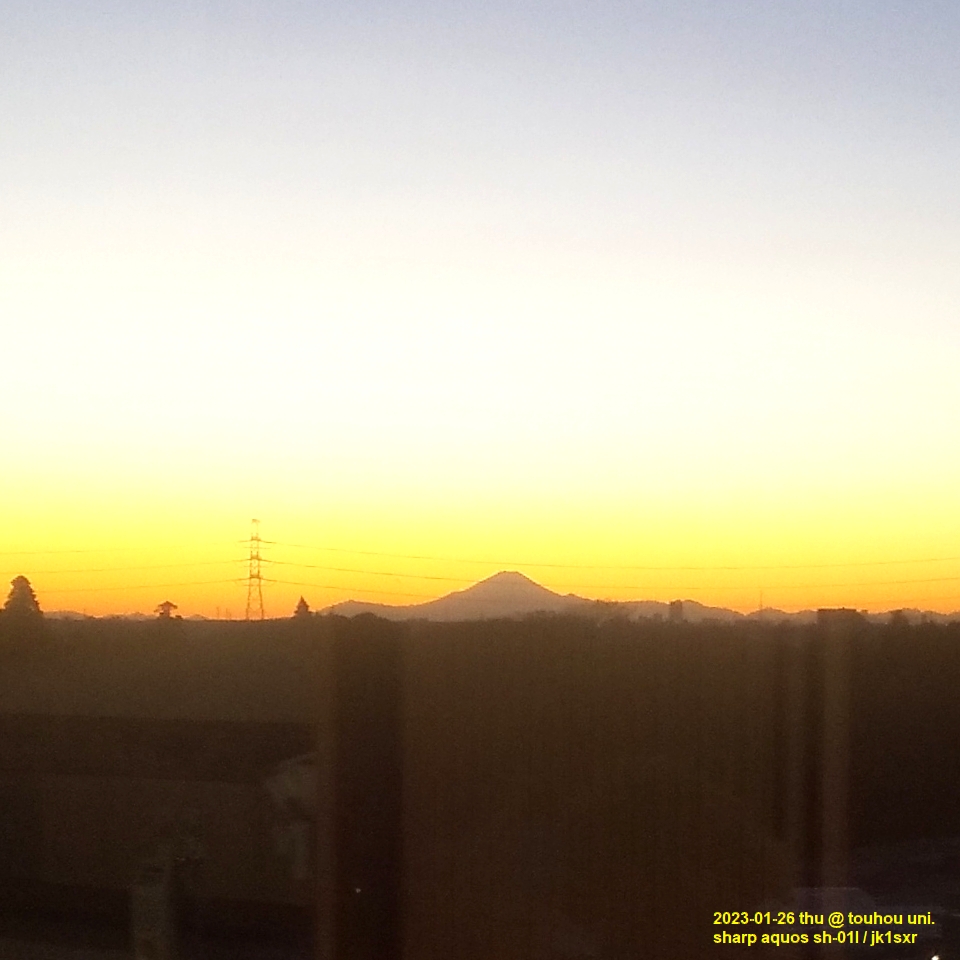 The right was taken at a nearby location last week.
The right was taken at a nearby location last week.
The shot is through a window pane, and has some glare.
661. A good weather
A fine day after a week long uncertain weather brought us to an old town on a next tableland.
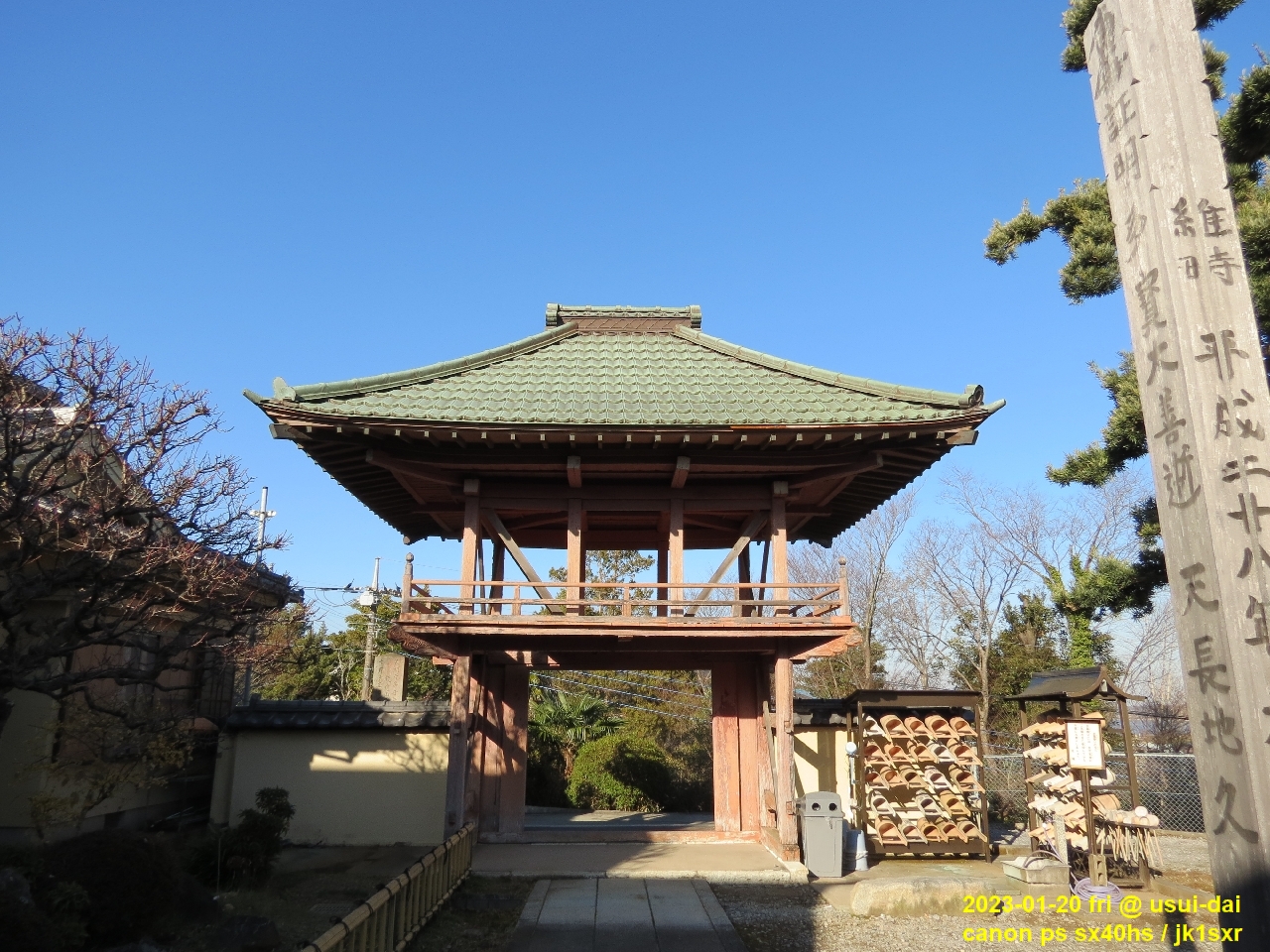
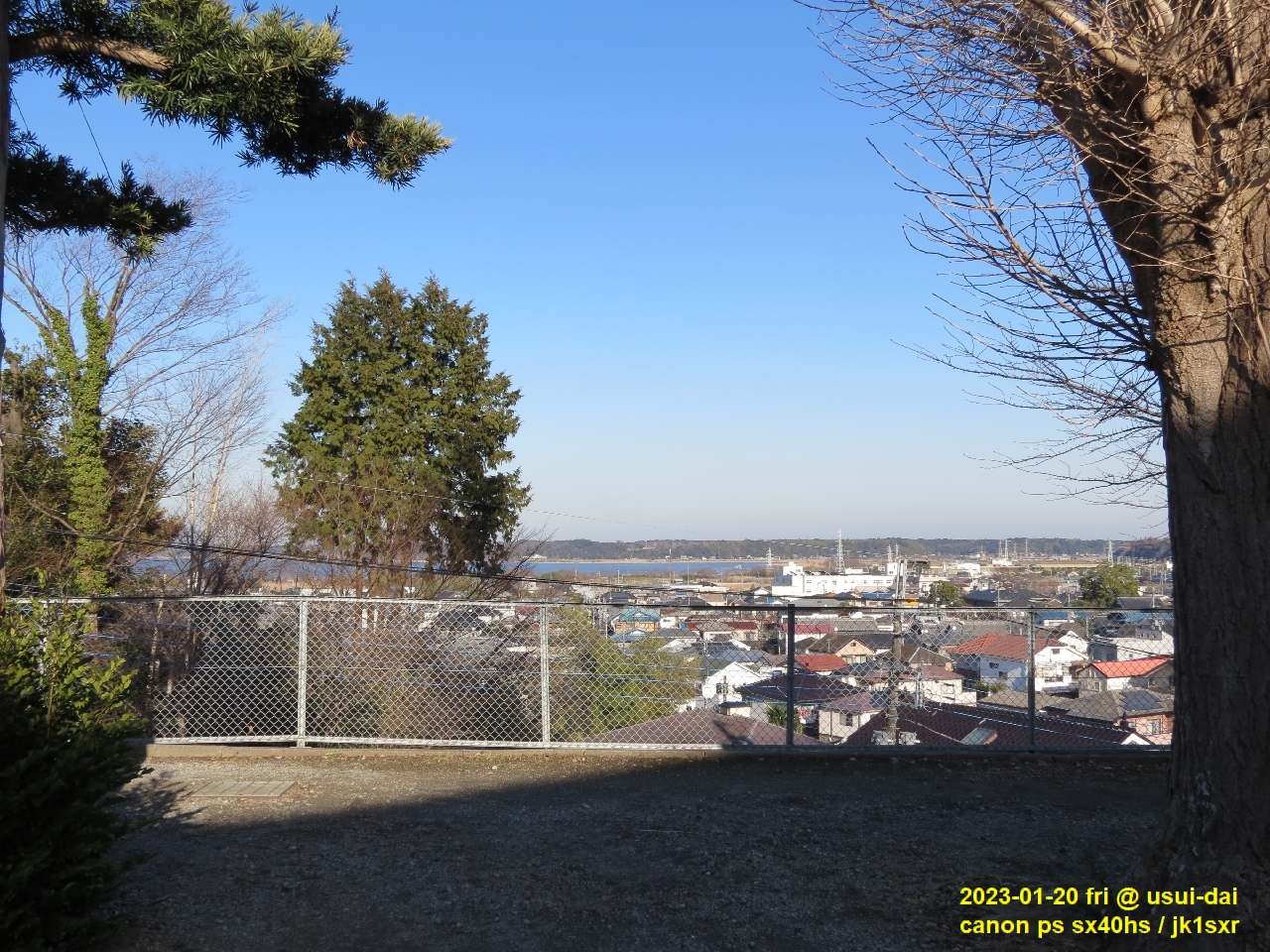
The left is a gate of a temple of Nichiren buddhist sect situated at the edge of the upland.
The right is the view of Inba marsh seen from the gate side.
660. Because of iron?
Though zeni-aoi usually blossoms in the summer, some are blooming in this severe cold time.
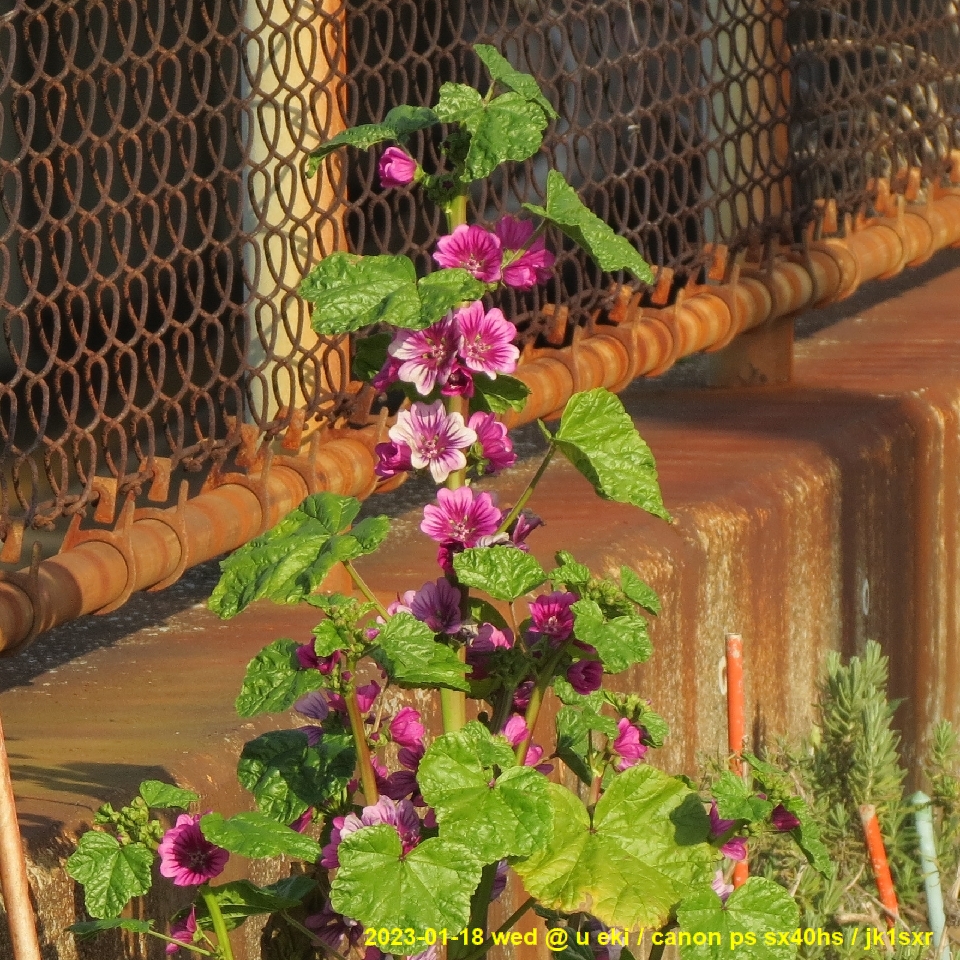 The photo is the one I saw at the road side beside a nearby railway station.
The photo is the one I saw at the road side beside a nearby railway station.
The reason the fence and wall behind are full of rust is that their back is a railway station which brings iron dusts produced by the friction between the train wheels and rails, and the ones by the brake shoes.
Another zeni-aoi blooms every winter at the foot of a trafic signal at a nearby street, and the scene had intrigued me for many years.
The surrouding conditions for them do not look particularly good for plants, except for sunshine.
What I came up with an idea today is that this iron dust might be good for the plants.
It is natural that the areas along railroads are full of rust. The street crossings where the cars frequently stop and produce iron dust from the brake-shoes are in the same situation.
Considering such facts that;
a certain soccer player habitually uses an iron kettle to maintain his health,
those being somewhat anemic improve their conditions when they move to areas close to railway lines,
wild deers come to the rails to get the iron and cause accidents,
the iron dusts at railroads and streets might be good for animals and plants as well.
664. To stand against Uesugi Kensin*1
 A stone monument at an adjacent town, Usui.
A stone monument at an adjacent town, Usui.The local land readjustment association built this about 40 years ago.
It has a title of "A description of Kensin's foward base".
Acc. to old archives, the "Houjyou Chronicle" and "Old battle records in eight Kantou provinces", the army of Uesugi Kensin invaded this Usui area in March of Eiroku 9th year (1566). As the defense was so strong, the Uesugi's troop left the area in the middle of April.
The "forward base" in the monument refers to the Uesugi's outpost at that occasion.
 A close-up of a part of the description.
A close-up of a part of the description.Both the sentence and brushwork look great.
The description is by a person, "Chief of the City history conpilation dept".
The brushwork seems also by a local person.
*1UESUGI Kensin:
A 16th-century warlord of Etigo Province.
A Wiki English description is here.
663. A giant robot?
 A great robot seen at a nearby road.
A great robot seen at a nearby road. Visiting the site revealed this tower.
Visiting the site revealed this tower.This is a surge tank for the water pipes which send the water of Inba marsh to the industrial zone of Goi and Ane-ga-saki.
As the tower is as high as 42 m and sitting on a hill about 20 m higher than the surroundign area, it can be seen even from far away places.
 This shows the routes of the industrial water system of Tiba ken.
This shows the routes of the industrial water system of Tiba ken.The map is borrowed from the site of its Public Enterprises Bureau.
The above surge tank is a part of the "Goi and Ane-ga-saki area industrial water system" in the map, and is marked with a red arrow.
662. Fuji-san (Mt. Fuji)
In winter, we can see Mt. Fuji even at this area, more than 100 km apart.
 This shows a borrowed map of Geospatial Information Authority with which I checked the distance between my place and Mt. Fuji.
This shows a borrowed map of Geospatial Information Authority with which I checked the distance between my place and Mt. Fuji.It turned out to be 128 km. Considering its height, the elevation angle seen at this area is about 1.7 deg.
While that at the center of Tokyo is a bit larger, more than 2.1 deg, and Mt. Fuji is to be seen higher by 0.4 deg.
BTW, the apparent diameters of the sun and moon are the same, 0.5 deg.
Thus, at the center of Tokyo, Mt. Fuji is to look higher, by an amount equal to the moon apparent diameter, than at this area.
 The right was taken at a nearby location last week.
The right was taken at a nearby location last week.The shot is through a window pane, and has some glare.
661. A good weather
A fine day after a week long uncertain weather brought us to an old town on a next tableland.


The left is a gate of a temple of Nichiren buddhist sect situated at the edge of the upland.
The right is the view of Inba marsh seen from the gate side.
660. Because of iron?
Though zeni-aoi usually blossoms in the summer, some are blooming in this severe cold time.
 The photo is the one I saw at the road side beside a nearby railway station.
The photo is the one I saw at the road side beside a nearby railway station.The reason the fence and wall behind are full of rust is that their back is a railway station which brings iron dusts produced by the friction between the train wheels and rails, and the ones by the brake shoes.
Another zeni-aoi blooms every winter at the foot of a trafic signal at a nearby street, and the scene had intrigued me for many years.
The surrouding conditions for them do not look particularly good for plants, except for sunshine.
What I came up with an idea today is that this iron dust might be good for the plants.
It is natural that the areas along railroads are full of rust. The street crossings where the cars frequently stop and produce iron dust from the brake-shoes are in the same situation.
Considering such facts that;
a certain soccer player habitually uses an iron kettle to maintain his health,
those being somewhat anemic improve their conditions when they move to areas close to railway lines,
wild deers come to the rails to get the iron and cause accidents,
the iron dusts at railroads and streets might be good for animals and plants as well.
Copyright © 2013 JK1SXR/m.abe. All Rights subject to common sense.